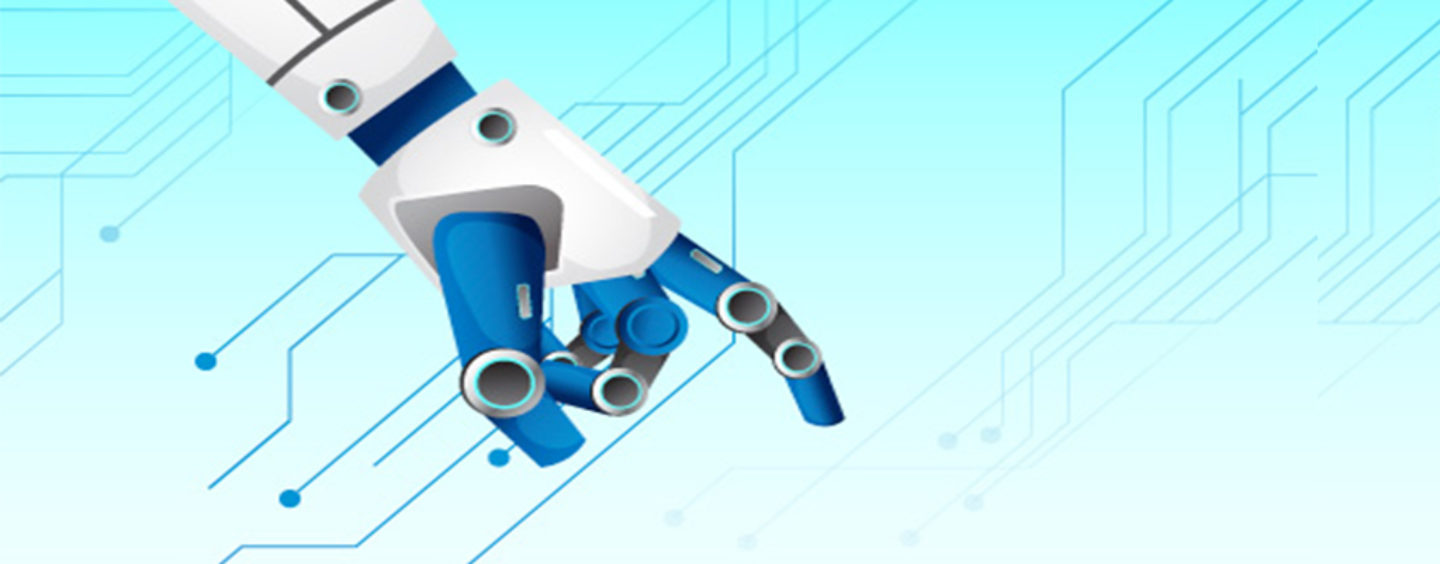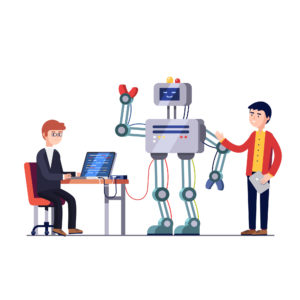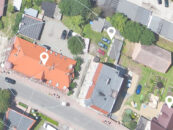
Top 10 Robotics Impacting Asia Pacific Market in 2018 and Beyond
by Fintech News Singapore February 28, 2018IDC Manufacturing Insights Worldwide Commercial Robotics program published its latest report titled “IDC FutureScape: Worldwide Robotics 2018 Predictions – Asia/Pacific (Excluding Japan) Implications”, which highlights the top 10 predictions pertaining to the development and adoption of robotics in Asia Pacific (Excluding Japan) region from 2018 through 2021.
IDC predicts that by 2020 in APeJ, 40% of newly installed industrial robots in the region will be equipped with at least one intelligent feature.
Jing Bing Zhang
“The advancement of robotics technology has entered a new era of robotics – one with embedded and/or cloud-based artificial intelligence. Called Robotics 3.0, intelligent robots are characterized by their ubiquitous sensing and connectivity, cyber-physical fusion, autonomous capabilities, and more human-friendly multi-mode interaction,”
says Dr. Jing Bing Zhang, Research Director, Worldwide Robotics and Asia/Pacific Manufacturing Insights, IDC Asia/Pacific.
“This development will have a profound impact on industrial robots and service robots, both commercial and consumer. Leading robotics technology vendors are already racing to develop and incorporate artificial intelligence capabilities into their product roadmap inorder to stay ahead of the competition,”
added Zhang.
Zhang also revealed three of the strategic top 10 predictions and major robotics trends that are about to present opportunities and new challenges to IT leaders in 2018 and beyond.
Prediction 2
By 2020, 40% of newly installed industrial robots in the Asia/Pacific (excluding Japan) (APEJ) market will be equipped with at least one of the intelligent features, such as predictive analytics, health condition awareness, self-diagnosis, peer learning, or autonomous cognition.

AI robotic operations tablet. Image via Freepik
Prediction 4
By 2021, 25% of A2000 manufacturers will have deployed cyber-physical robotic systems, resulting in a 10–20% improvement in productivity.

Image via Freepik
Prediction 7
By 2020, 35% of the top 100 APEJ retailers will be using or piloting robots within the ship-from-store fulfillment process, helping to reduce the cost of ship-from-store orders by up to 20%.
“The AP region excluding Japan has been experiencing phenomenal growth in the adoption of automation and robotics technologies to reinvent, transform, and maintain its competitiveness across almost all industrial sectors: manufacturing, resources, healthcare, consumers, and so on.
IDC expects robotics spending to accelerate over the five-year forecast period of 2017–2021, reaching US$133 billion in 2021 with a compound annual growth rate (CAGR) of 31.4%. This represents over 60% of the world’s total robotics market in 2021,”
ends Zhang.
This article has been first published at iotnews.asia, Featured image via Freepik









